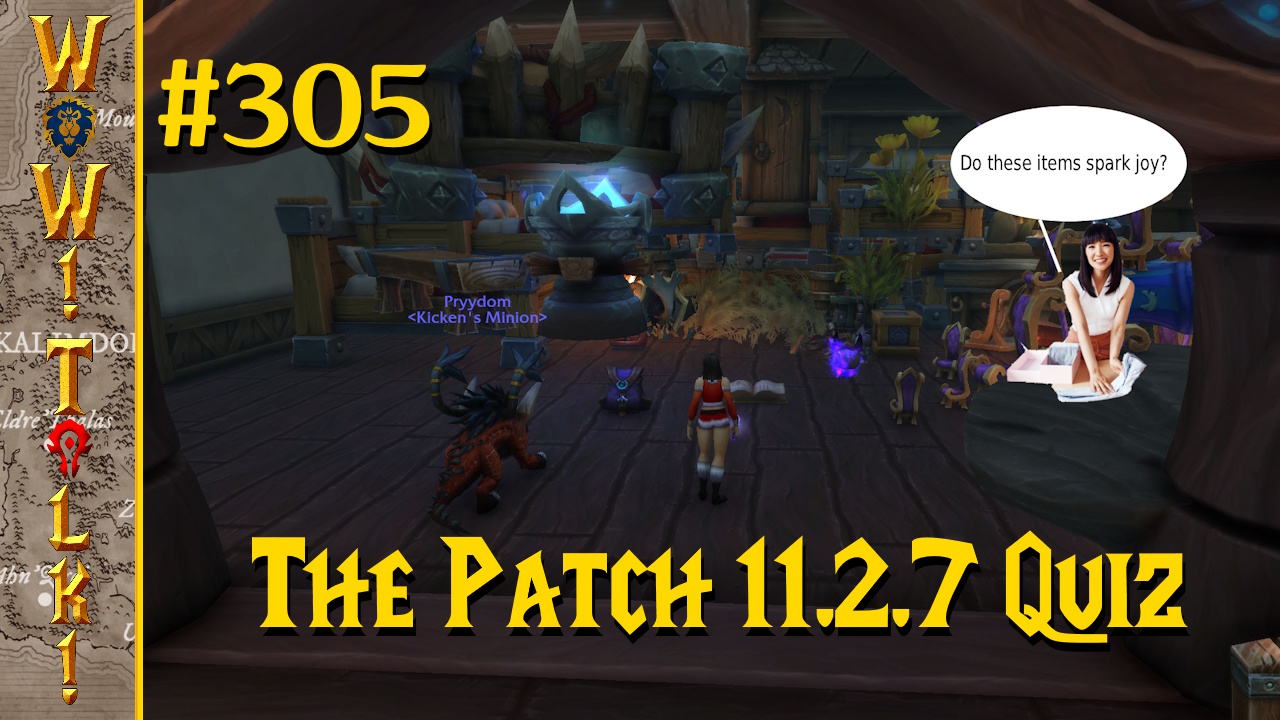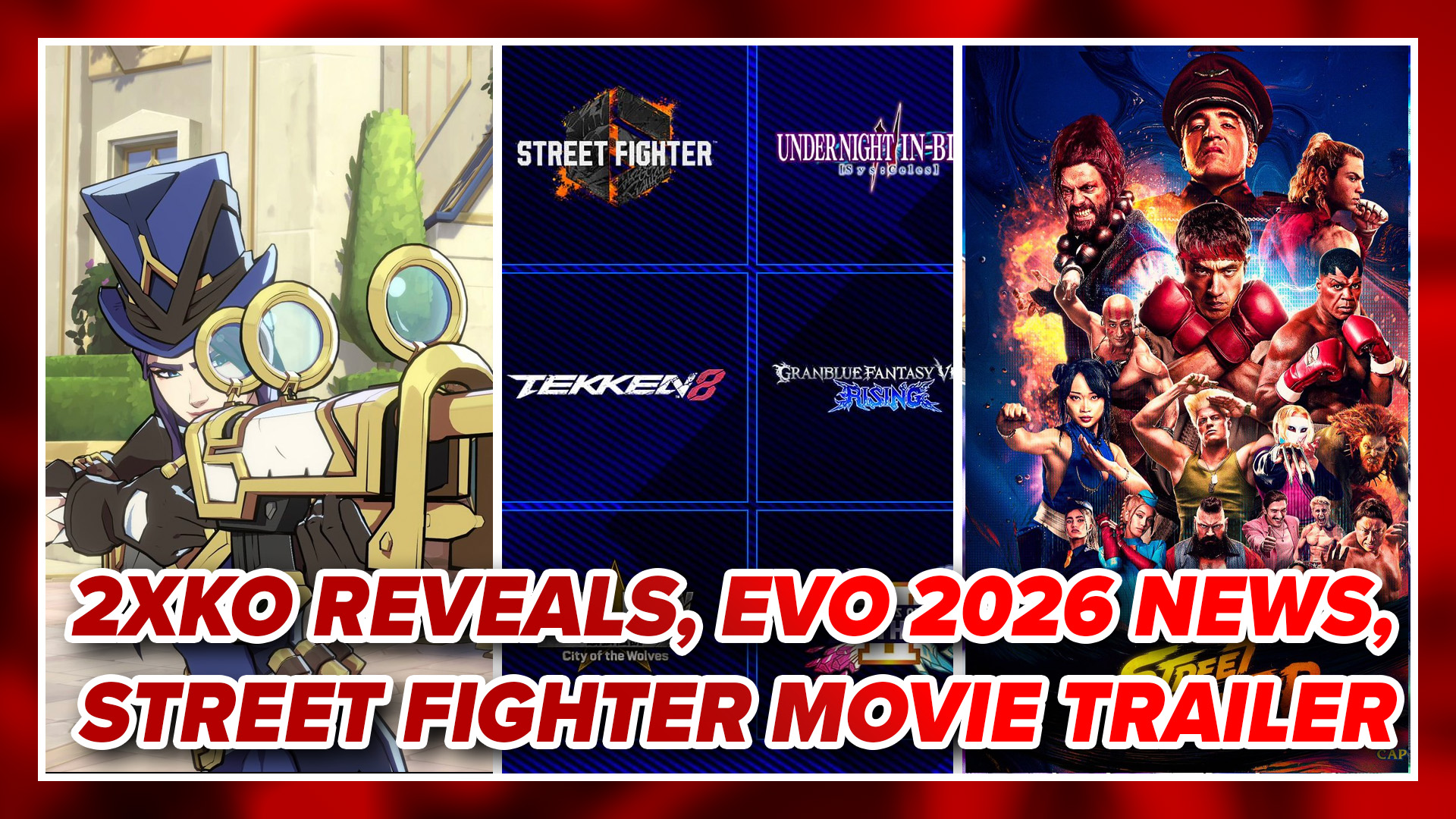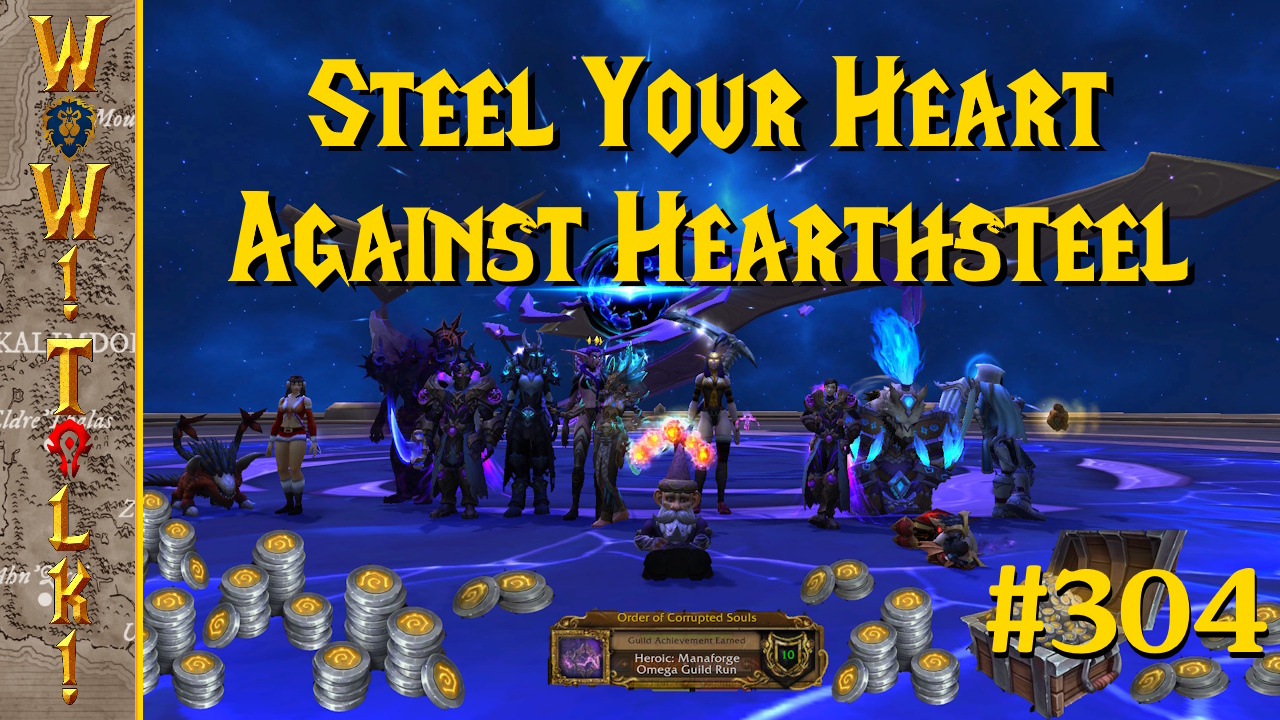
[UPDATE – Some issues have been resolved by the most recent patch, mainly the graphical stuttering and the instability of ground/shadows when you stand on them. The review score has been adjusted to reflect this change.]
If you remember, I called Contrast my favorite game of PAX East 2013. It was hard not to love it. The era, the visual style, the music, and the interesting gameplay all made it into a sure winner to me. I couldn’t wait to have it in my hands, and after several long months of staring longingly at the calendar, I finally got to play it. Once again, I got to enter the dark but striking world, but this time there was no limit on what I could do there. At last, I had Contrast all to myself…for its entire three hour playthrough. I loved the game and was drawn into its world of jazz, gangsters, and magic, but I just didn’t feel like I got to spend as much time there as I’d liked. A good show should end with the audience wanting more, but I felt like Contrast took that idea a little too far.
I have said, over and over, that there is a fine line between short and concise when playing a game. I’ve played a couple of really great games that felt complete in less than an hour. Games like The Stanley Parable, Rad Raygun, and just about any NES game when played well all feel like complete experiences that can be finished in an hour or so. Beyond them, there are many episodic games like The Walking Dead, The Last Door, and The Wolf Among Us that only offer small chunks of games that feel finished when they wrap up their limited playtime. It almost doesn’t seem fair to compare Contrast to either of these styles of games as its narrative is far more complex than any NES game, and it also completes its story in one run unlike the more episodic content, but it feels like it’s lacking in something that both those styles of game contain. When I was finished Contrast, I was actually surprised. It felt more like I was just getting started.
Part of this comes from the storyline feeling like it wrapped up a little too quickly. The game tells the story of Didi, a young girl whose lounge singing mother and deadbeat (potentially criminal) father are separated, and Didi wants to see them get back together. You play as Dawn, someone who can walk in shadows for some unknown reason, and who follows Didi around, again for some unknown reason. Now, events occur that seem like they’re bringing the couple back together, but every moment they seemed to get closer felt a little forced. Maybe I’m not as dysfunctional as some, but I feel like pointing a gun at someone is probably a good indication that you don’t want them around, and that hugging that person less than a minute later does not make much sense. The game makes these emotional leaps with the characters that don’t feel right from what I just saw moments before, as if the game felt the need to hurry the plot along and didn’t worry about it making a whole lot of sense.

This is Didi’s story on many levels, as it’s your job to protect her, care for her, and keep up with her, so an argument could be made that the story is about what she would want to see. Once Didi enters most scenes, a lot of the darker elements seem to fall away, and things start working toward what she would want to see. This turns the plot, which seemed like it was leading to an interesting place, into something that a child might tell. Her mom and dad hate each other, but if they would just hug and make up things would get better. It’s far more optimistic than Papo & Yo, but it also feels like things come together far too conveniently most of the time. This game needed to be a slow burn for the plot to reach its conclusions in a reasonable way, but instead we get a bullet train that makes no sense. I get that you could see this as a child’s desire of what they would like to happen, but it felt like it could have been far more intricate and interesting than it turned out to be.
Luckily, also unlike Papo & Yo, this game is fun to play. The game’s main mechanic is that you can move onto walls and enter shadows, using them to traverse places you might not be able to reach otherwise. For an example, I had a spotlight aimed at some cardboard cutouts, and I had to move those cutouts closer or farther from the light source in order to make their shadows change size and position on the wall. By moving them, I could make a series of shadows that formed a set of steps leading to the room’s exit. It’s a neat experience that I’d wanted to try back when I saw it in Lost in Shadow, but the game world in this one seemed far more interesting than anything that game tried to do. Still, while the mechanic is used in some neat ways that are fun to use, not everything works as well as I would have liked.
I really liked the set pieces behind many of the puzzles. The era provides a lot of interesting things to use to create shadows, such as the old carousel, the circus strongman, the movie cutouts of silent-era movie characters, and some of the framework of an old building. What sort of interesting shadow structures would you really see in a modern era made up of straight-edged buildings with little to no decoration? The beautiful little details that show up in the bright lights and artistic sets of the era provide for some nice platforms to be crossing on, not just visually but from a gameplay perspective. That carousel is in motion, after all, and riding the shadows of the horses up the side of a building was fun, looked good, and was challenging.

I was even more impressed with moving across the shadows of people as they interacted with each other. There were a couple of points, especially involving collectibles, where you could trigger a scene and watch as huge shadows of the characters interacted on a nearby wall. Once they were in motion, you could begin to ascend these people as they went through their dialogue. This was fun because the objects were in constant motion, requiring you to carefully watch for the opening you needed to get across, and because what you were trying to pull off would change dynamically every second. It felt involved and intense, and pulling some of these solutions off felt pretty great. You can typically have them repeat themselves if you’re having trouble, too, so they never got so hard as to really annoy me.
[UPDATE – Graphical stuttering has been fixed via the most recent update and the ground and shadows are much more stable, so this complaint is no longer valid.] There was one aspect that did get on my nerves about it, though, and it likely came about because of the constant changes to the shadows in the environment. In most games, the ground doesn’t really change all that much, but in Contrast, the shadow ground you can walk on is in almost constant flux. Because of that, the game can be kind of dodgy about what you can and can’t stand on, often allowing me to hover over empty air or tossing me to the ground when I was standing on something I thought was solid. When it isn’t doing that, the game will often have you moving up and down along pieces of ground for no reason, or suddenly freak out and make your character start to stutter around. It’s a nuisance at times, but combining it with other control issues made it much worse.
[UPDATE – This issue has also been resolved by the most recent patch.] The hit detection can be dicey due to this problem as well. There were a few instances where contact with some spots meant death, although you never respawn far away, and some of them seemed to extend too far past the hazard itself. Dying over and over again because the game doesn’t acknowledge you landed on something solid or says you got hit from something that should have missed doesn’t help make me want to keep playing the game. These things don’t happen often, but certain specific spots seemed plagued by the issue, resulting in some sections of the game being way too frustrating for how simple they should have been.
Another annoyance was my own fault, to be honest, and stems from one of the game’s better aspects. I don’t know how intentional it was, but there seemed to be places where the puzzle solution the game was looking for wasn’t the only one you could pull off. Since you have a great deal of control over many of the game’s objects during puzzle solutions, you can often try something different to solve the puzzle. In one spot, I was supposed to climb to a couple of different levels of balcony, but instead, I got flung high up when one of the shadow characters moved his hands, using my momentum to get to the platform in one shot and move on. There are other less complex plans you can do by changing shadows, letting you sneak up into places you probably shouldn’t be able to reach by playing around with the heights of shadows. This gave the game this neat feeling of discovery, as I felt less like I was following the developers down a path they’d set for me and more that I was finding ways to solve the puzzle that they hadn’t thought of.

So, how was that annoying? Well, there were many times where I would come up with what I thought was the right way to solve the puzzle, except I was completely wrong and what I was doing was so complex it bordered on impossible. I hit one spot where I would shoot myself up, dash to a platform, hop up as I came out of the shadows and transition back into them again when I was high enough, and then kind of hope I glitched up a bit to the correct platform. That clearly wasn’t what the devs wanted me to do, but it was the only solution I could see at the time so I stuck with it. I’ll tell you right now that many of the game’s solutions can be complex, but they never involve that many steps. If a plan seems too complicated to work, odds are good you’ve chosen to do the wrong thing. Having the freedom to potentially work with a terrible plan was a nice touch, though, and went a long distance to making the game feel like it was my own.
The setting of the game, on top of making the puzzles more interesting, also just looks pretty dang good. If you’re a fan of Bioshock‘s art style, you’ll definitely enjoy the big set pieces of this bright, yet dark, city. The pervasive darkness and bleak coloring of the world will often give way to these spectacular views of a magician’s stage, a fake forest made of wood carvings, a huge circus tent, or a laboratory straight out of Tesla’s notebooks. These places look fantastic, and make every new area of the game appealing to look at and fun to explore. The game takes place in quite a small area, but that area is densely packed with more interesting places than many longer games bother with over their entire run. Part of the real shame of this game being so short is that I wanted to see so many more of these striking locales.
Another thing I would have liked more of was the music. The smooth jazz of the era just clicked with the game, making for an awesome backdrop to the surreal city. Adding to that was Laura Ellis‘ performance of the game’s opening track, “Kat’s Song” as well as the later track “House on Fire”, both of which were just incredible. I put off starting the game up, a game I’d been waiting 2/3 of a year to play, just to listen to her sing all the way through the title track. Hearing “House on Fire” a little while later was another treat, making me excited to play through the rest of the game just to hear more of her voice. The game has some nice music in it, don’t get me wrong, but Ellis’ two tracks really steal the show. I just wish there had been more music from her for the rest of the game, as those two tracks top off her involvement with it.
While it has some issues with hit detection and platforming, the game more than makes up for it with its creative puzzles, freedom in puzzle solutions, great music, and a beautiful graphical theme. If it had only been able to stick around longer, I think I would have loved it even more, as the game left me not only wanting more, but feeling like I hadn’t gotten enough. The devs at Compulsion Games did squeeze quite a bit into this small package, but all the good things come to an end far too quickly for my liking. What you get is awesome, but it left me all too soon.




